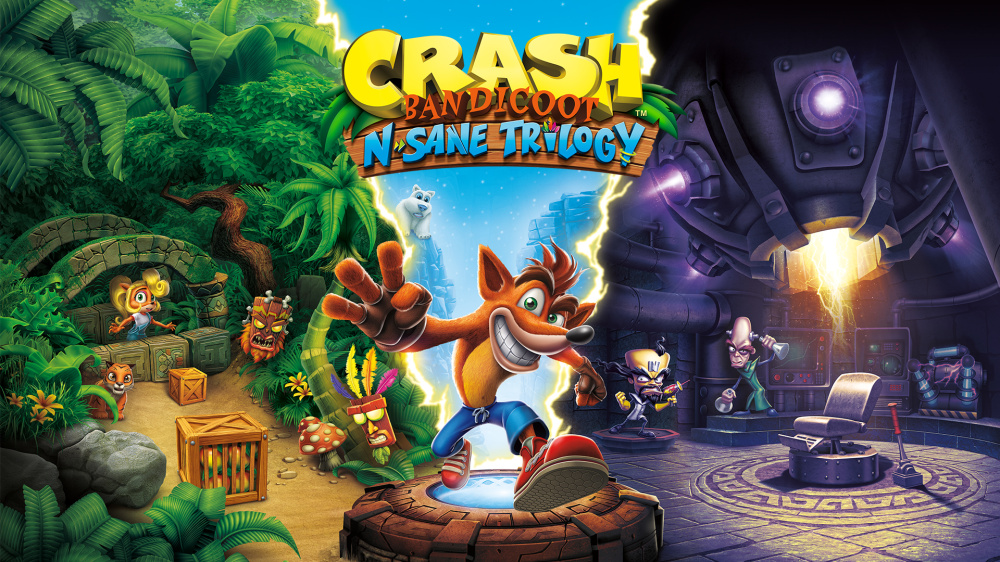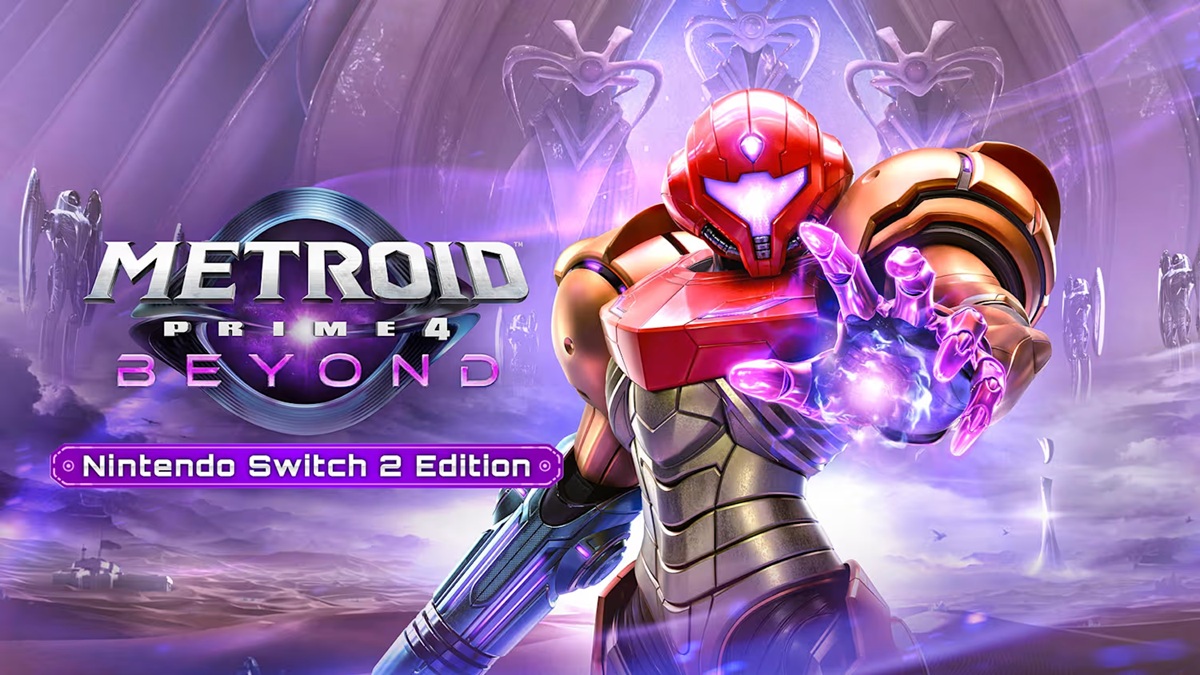Crash Bandicoot N.
Sane Trilogy, developed originally by Vicarious Visions and published by Activision, brought the iconic marsupial platformer back to modern consoles—including the popular Nintendo Switch—in 2018, introducing a new generation of gamers to a classic franchise.
The collection repackaged the first three Crash Bandicoot games, complete with graphical updates and quality-of-life improvements, while aiming to honor the original feel that defined the PlayStation era.
However, even with widespread acclaim, some of the nuanced design choices from the original games did not make the leap unscathed. Andy Gavin, the co-creator of Crash Bandicoot, recently shared his considered take on the N.
Sane Trilogy remake, especially regarding its approach to game mechanics.
While Gavin commended Vicarious Visions and Activision for faithfully recreating the visual and aesthetic spirit of the original PlayStation release, he noted a significant difference in how the remake handles jumping—a core feature for any platformer. Gavin explained that the original Crash Bandicoot implemented a surprisingly sophisticated system for its jumping mechanic, especially considering the limited technology of the 1996 PlayStation hardware.
On the original console, the game carefully monitored how long players pressed the jump button.
This approach allowed the system to adjust factors like gravity, airtime, and force in real-time, providing players with finely tuned control to make both small hops or high leaps—even though the hardware only supported digital inputs.
In essence, Gavin and his team engineered an analog feel from digital controls, giving the jump mechanic a unique depth. "The Crash Bandicoot remake captures the look and essence of the original impressively," Gavin reflected, "but the way jumping works feels off.
The remake uses fixed-height jumps, which makes all in-game jumps uniformly large and floaty.
This diminishes the precision required for platforming, making the fundamental feel of jumping less satisfying than what we achieved on the original PlayStation." According to Gavin, this seemingly small timing nuance—often just a difference of milliseconds—significantly impacts the gameplay experience. Beyond technical analysis, Gavin also recounted the franchise's groundbreaking success in Japan.
When Crash Bandicoot launched overseas, Sony Japan made substantial adaptations beyond gameplay to appeal to local tastes.
Gavin detailed how changes ranged from overhauling the audio—opting for high-pitched, distinctly Japanese sound effects—to re-casting Crash's voice with a popular comedian known for grumpy characters.
"We were surprised by these choices, but they resonated with Japanese players, helping Crash Bandicoot become one of the first Western games to find mainstream success in Japan—not limited to import sections, but featured alongside top domestic PlayStation titles," he recalled. Today, Crash Bandicoot N.
Sane Trilogy and Crash Bandicoot 4: It's About Time are both available on the Nintendo Switch, continuing the series' legacy on modern hardware.
Crash's ongoing popularity illustrates how thoughtful design and global adaptation can propel a Western platformer into lasting international acclaim.
For legacy fans and new players alike, these collections serve as a testament to the importance of both technical nuance and cultural sensitivity in game development.
Sane Trilogy, developed originally by Vicarious Visions and published by Activision, brought the iconic marsupial platformer back to modern consoles—including the popular Nintendo Switch—in 2018, introducing a new generation of gamers to a classic franchise.
The collection repackaged the first three Crash Bandicoot games, complete with graphical updates and quality-of-life improvements, while aiming to honor the original feel that defined the PlayStation era.
However, even with widespread acclaim, some of the nuanced design choices from the original games did not make the leap unscathed. Andy Gavin, the co-creator of Crash Bandicoot, recently shared his considered take on the N.
Sane Trilogy remake, especially regarding its approach to game mechanics.
While Gavin commended Vicarious Visions and Activision for faithfully recreating the visual and aesthetic spirit of the original PlayStation release, he noted a significant difference in how the remake handles jumping—a core feature for any platformer. Gavin explained that the original Crash Bandicoot implemented a surprisingly sophisticated system for its jumping mechanic, especially considering the limited technology of the 1996 PlayStation hardware.
On the original console, the game carefully monitored how long players pressed the jump button.
This approach allowed the system to adjust factors like gravity, airtime, and force in real-time, providing players with finely tuned control to make both small hops or high leaps—even though the hardware only supported digital inputs.
In essence, Gavin and his team engineered an analog feel from digital controls, giving the jump mechanic a unique depth. "The Crash Bandicoot remake captures the look and essence of the original impressively," Gavin reflected, "but the way jumping works feels off.
The remake uses fixed-height jumps, which makes all in-game jumps uniformly large and floaty.
This diminishes the precision required for platforming, making the fundamental feel of jumping less satisfying than what we achieved on the original PlayStation." According to Gavin, this seemingly small timing nuance—often just a difference of milliseconds—significantly impacts the gameplay experience. Beyond technical analysis, Gavin also recounted the franchise's groundbreaking success in Japan.
When Crash Bandicoot launched overseas, Sony Japan made substantial adaptations beyond gameplay to appeal to local tastes.
Gavin detailed how changes ranged from overhauling the audio—opting for high-pitched, distinctly Japanese sound effects—to re-casting Crash's voice with a popular comedian known for grumpy characters.
"We were surprised by these choices, but they resonated with Japanese players, helping Crash Bandicoot become one of the first Western games to find mainstream success in Japan—not limited to import sections, but featured alongside top domestic PlayStation titles," he recalled. Today, Crash Bandicoot N.
Sane Trilogy and Crash Bandicoot 4: It's About Time are both available on the Nintendo Switch, continuing the series' legacy on modern hardware.
Crash's ongoing popularity illustrates how thoughtful design and global adaptation can propel a Western platformer into lasting international acclaim.
For legacy fans and new players alike, these collections serve as a testament to the importance of both technical nuance and cultural sensitivity in game development.






